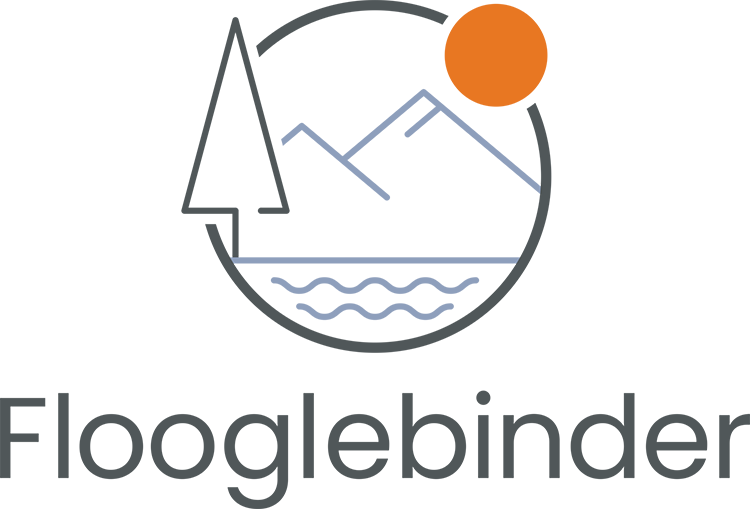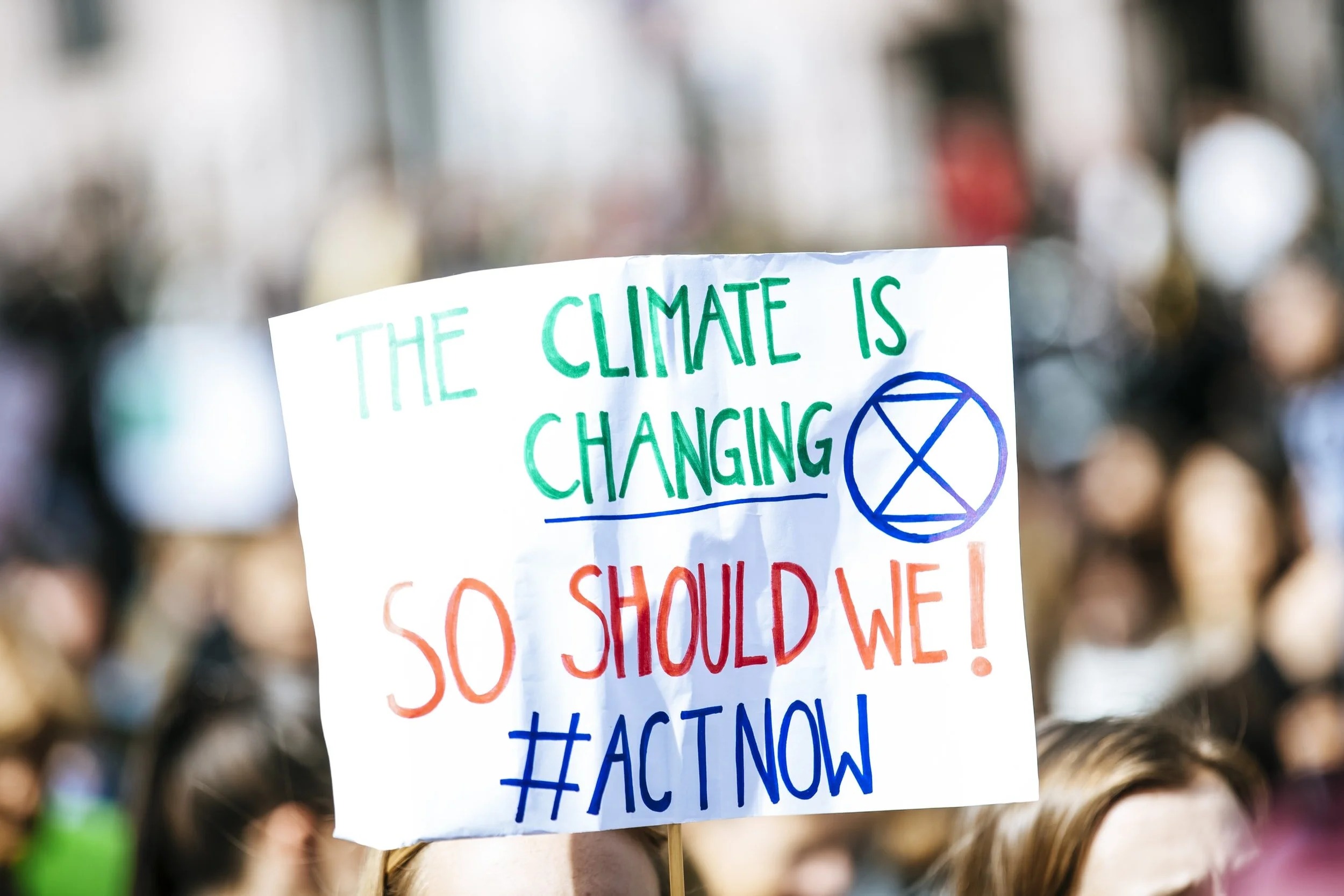The Azores and Volcanicity: A Case Study Subject
Author: Kevin Cook, International Special Interest Group, Geographical Association
Read time: 2 minutes
Flooglebinder are travel experts and a certified B Corporation with tour experience in over 75 countries. We curate sustainable bespoke adventures that incorporate sustainability, conservation and wellness. As a BCorp organisation, we use business as a force for good and meet the highest standards of verified performance, accountability and transparency, whilst tracking and monitoring our social and environmental impact.
In the Atlantic Ocean, 1,600 kilometres off the coast of Portugal, lies the Azores archipelago.
“one of only eight locations around the globe where three different tectonic plates meet”
Whilst I studied the subject at A level many years ago and my geography specialism as a university lecturer was International Development, I have retained a keen interest in geology. The nine main islands of the Azores provide a geologists’ paradise, especially in terms of vulcanology. These notes are an attempt to excite your interest in the geology of the islands and to encourage you to use the islands as a case study in your teaching.
Why are the Azores so interesting geologically?
The Azores (found in green in the image above) are one of only eight locations around the globe where three different tectonic plates meet. In addition, the location is complicated by an active hotspot with a deep mantle plume that has led to a diffused boundary between the Eurasian and African plates. Two of the nine islands lie on the stable North American plate whilst the five islands of the Central group and two of the Eastern, lie along the complex Eurasian-African boundary. To make the Azores an even more interesting location geologically, the Mid-Atlantic ridge is a divergent plate boundary whilst the complex junction of the Eurasian-African plate is a convergent boundary.
Why are the Azores where they are and how old are the islands?
Most of the Azores islands are linked to movements along the plate boundary between the Eurasian and the African plates and not along the mid-Atlantic Ridge. This is a series of transform faults and fracture zones that extend in an east-to-west direction and are associated with considerable seismic and volcanic activity. Research suggests that Santa Maria was the first island to emerge, 8.12 Ma. Formigas, Terceira, Graciosa and Flores were formed during the Pliocene (between 4.65 and 2.15 Ma, respectively), and Faial, Corvo, São Jorge and Pico in the Quaternary (from 0.73 to 0.25 Ma). However, the ages of the volcanism of the islands continue to be a matter of considerable debate.
“Santa Maria was the first island to emerge, 8.12 Ma.”
What evidence is there of geological activity on the island of Sao Miguel?
São Miguel consists of six volcanic complexes, which have emerged and merged over geological time to form the island. Nordeste is a shield volcano on the east end of the island that rose from the seafloor about 4.1 million years ago. Another shield volcano Povoação and the stratovolcano Furnas were added to this new island through additional volcanic activity. At the same time, Sete Cidades emerged as an independent island to the west. The stratovolcano Fogo continued to add volume to the larger eastern island until the fissure eruptions of Picos finally joined the two islands into the single landmass it is today.
Look out for the following evidence whilst on the island of Sao Miguel. Check before collecting any rock samples for classroom use.
a. The black, basalt rock used in the pavement designs and the buildings of Ponta Delgada.
b. Visit Gruta do Carvao to see the lava tube and basaltic stalactites at Ponta Delgada.
c. Visit Sete Cidades Caldeira and look for pumice rings and steep-sided scoria cones.
d. Visit Ponta da Ferraria and see the geothermal springs and the pahoehoe lava.
e. Spot the well-marked pseudo-crater, or littoral cone, along the path to the springs.
f. In Furnas, follow the smell of sulfur to the geothermal pools, or calderas.
g. Sample the cold carbonated water at one of the many Furnas fountain taps.
h. Whilst in Furnas, enjoy the geothermal bathing in the Terra Nostra Gardens.
i. Visit the Volcanological and Geothermal Observatory of the Azores in the town of Lagoa.
j. Hopefully, there will not be a major earthquake or volcanic eruption whilst you are visiting the Azores but be prepared for a tremor or two although most of you will not feel.
Resources
Cantner, K. and McFadden, C. (2019) Travels in Geology: Mid-ocean volcanic excursion: The calderas and caldeiras of the Azores. Earth Magazine. https://www.earthmagazine.org/article/travels-geology-mid-ocean-volcanic-excursion-calderas-and-caldeiras-azores
Global News April 2022. Azores volcanic island prepares for disaster after thousands of small earthquakes. https://www.youtube.com/watch?v=mN2_kYDPMvo
Azores Volcano Update; Terceira Volcano Earthquake Swarm. May 2023. https://www.youtube.com/watch?v=FZYcX5rFDmQ
Gaspar, G et al; 2015, Volcanic geology of São Miguel Island (Azores Archipelago): introduction. Geological Society of London. Vol 44. https://www.lyellcollection.org/doi/full/10.1144/m44.1
Azores net. Geology of the island of volcanoes and lakes. (no date) https://www.azores.net/en/geology
Macaronesian. Islands and Biodiversity. The geology of the Azores. https://www.macaronesian.org/en/show/geologia-de-azores
Alamy. Geology of the Azores. Stock photos and Images. https://www.alamy.com/stockphoto/geology-of-the-azores.html?page=13&sortBy=relevant
Portugal Energy. Open Data. https://geoportal.lneg.pt/en/opendata/
Azores Greenmark. Formation and main eruptions https://www.azoresgreenmark.com/acores/formation/
Governo dos Acores. Geology Rocks. https://parquesnaturais.azores.gov.pt/en/guia/categoria/3/3




































